Mexico City is a very bright and colorful city, and many tourists fall in love with it at first sight. Some of the neighborhoods here are unsafe, but nothing bad would happen to a curious guest if you follow basic precautions. This magnificent city is worth visiting at least once.
Amazing facts about Mexico City
- More than 22,000,000 people live in Mexico City (including the suburbs), making it the fourth most populous city in the world.
- The Mexican capital is the largest Spanish-speaking city on Earth.
- Mexico City was founded about 500 years ago on the site of Tenochtitlan, a city destroyed by the Spanish conquistadors, which had been the capital of the Aztec Empire.
- Since Mexico City is built on a lake, it sinks gradually, some areas are submerged at a rate of more than 4 inches (10 cm) per year. Hence, the Mexican capital is “sinking” as quickly as the Indonesian capital, Jakarta. However, Mexico City is not threatened by flooding, unlike Jakarta.
- The Mexican capital is located at an altitude of more than 6,500 feet (2,200 meters) above sea level.
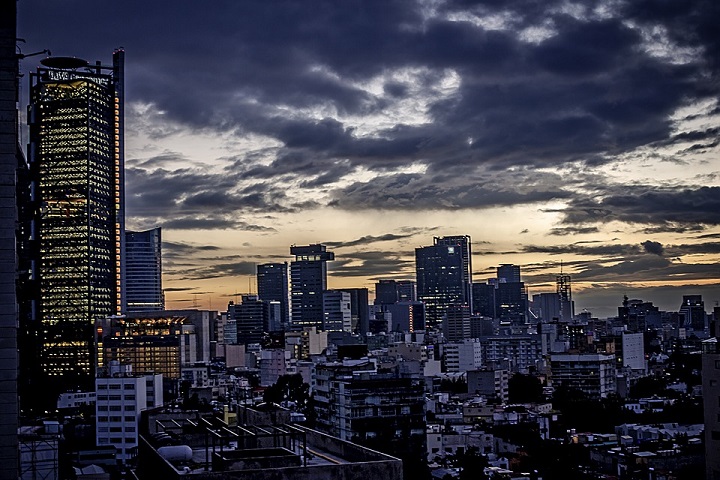
- There is also a Metrobus system in addition to the subway. Buses run on special dedicated lanes, they are accessed through stations with turnstiles.
- The names of the country of Mexico and the City of Mexico are written and pronounced the same in all major languages of the world except Russian.
- The weather is cool here sometimes, and the frost record is 24,8 °F (-4.4 °C). The air temperature here usually changes a lot during the day. For example, the morning might be hot but you’d probably like to put on a jacket in the evening.
- In Mexico City, as in the whole of Mexico, the religious cult of Santa Muerte (“Holy Death” in Spanish), combining elements of Catholicism and traditional Indian beliefs, is widespread.
- Traffic jams here are even worse than in New York City or London. The road from the center to the suburbs can take 3-4 hours during rush hours.
- The public transportation system in Mexico City is really great, it’s way better than in most cities of the world. This is convenient for tourists who don’t need to rent a car or spend extra money on a taxi.
- In the daytime, most of the areas are quite safe here. But it’s not recommended to go out at night when the streets are empty.
- The Mexican capital has hosted the Olympic games twice.
- The Mexico City subway system consisting of many lines is the largest in all of South America.
- The National University of Mexico is the largest by number of students in the Western hemisphere.
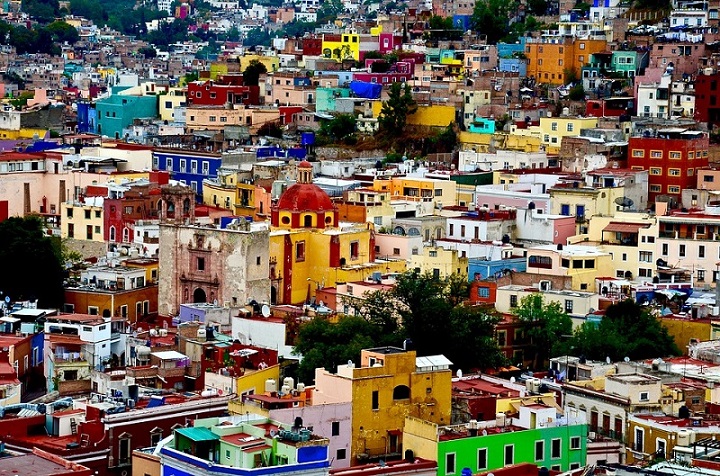
- There are a lot of bookstores here. Reading is popular among locals, and the reading population is a good indicator of the cultural state of the country.
- Since all of Mexico lies in a zone of high seismic activity, Mexico City is also often shaken by earthquakes. Weak tremors occur almost every day.
- You can rent a bike for free in Mexico City on Sundays and ride around the city, whether you are a tourist or a local resident. There are quite a lot of bike pick-up points in the center.
- There are more than 100 museums located here. According to their number, Mexico city ranks first among all cities in the world.
- The population of the Mexican capital doubles every 20-25 years.
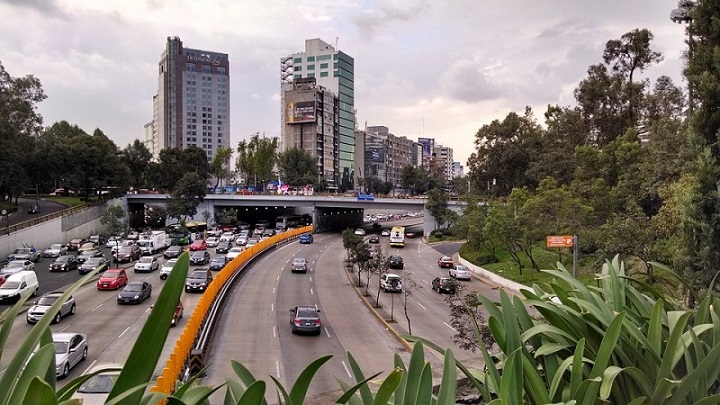
- A smog cap hangs over Mexico City constantly due to highly polluted air.
- In order to somehow unload the roads and improve the environment at the same time, the local authorities have adopted an interesting law. Any car older than 8 years old is forbidden to operate in the capital for 1 day every week, and at least one Saturday must fall on these days during the month.
- More than 1,400 buildings in Mexico City are considered unique architectural monuments. This is a record number.
- Mexico City has 50 sister cities in different countries. Three of them are located in the US – Chicago, Los Angeles, and Houston.
- One of the most interesting sights of Mexico City is the Chapultepec castle. This is the only castle in the Western hemisphere of our planet.
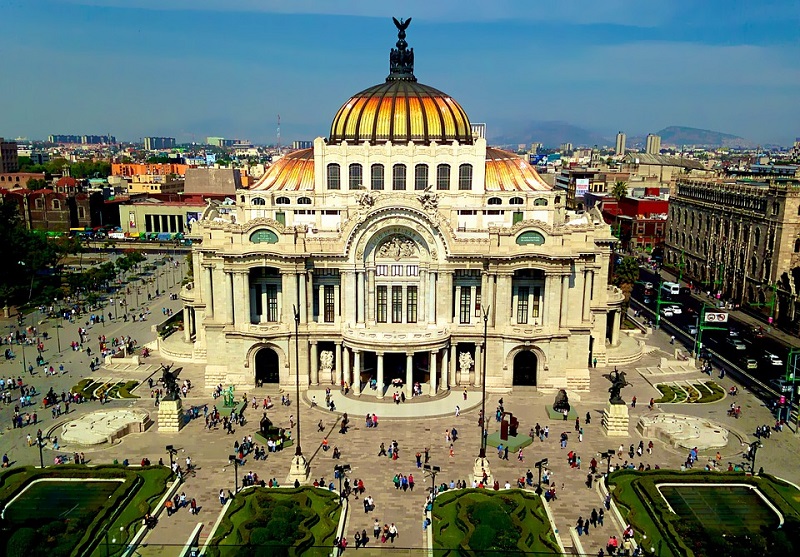
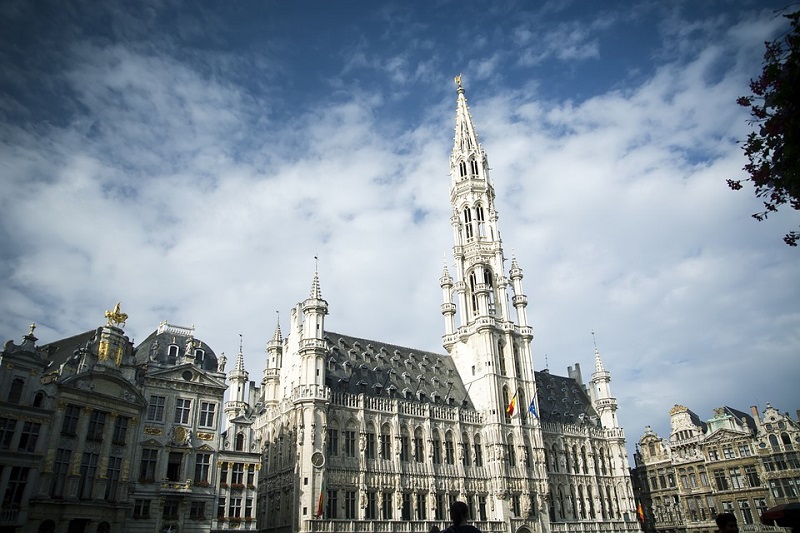
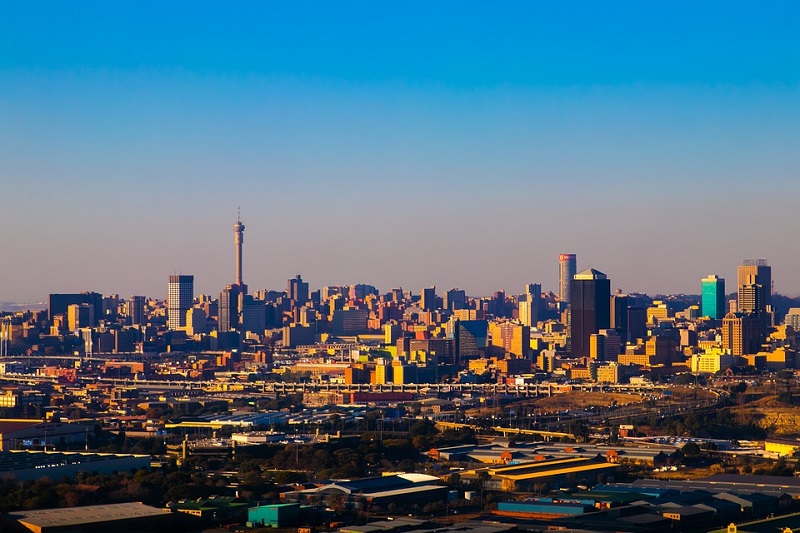
Pingback: 4 Facts About Mexico - Lola App